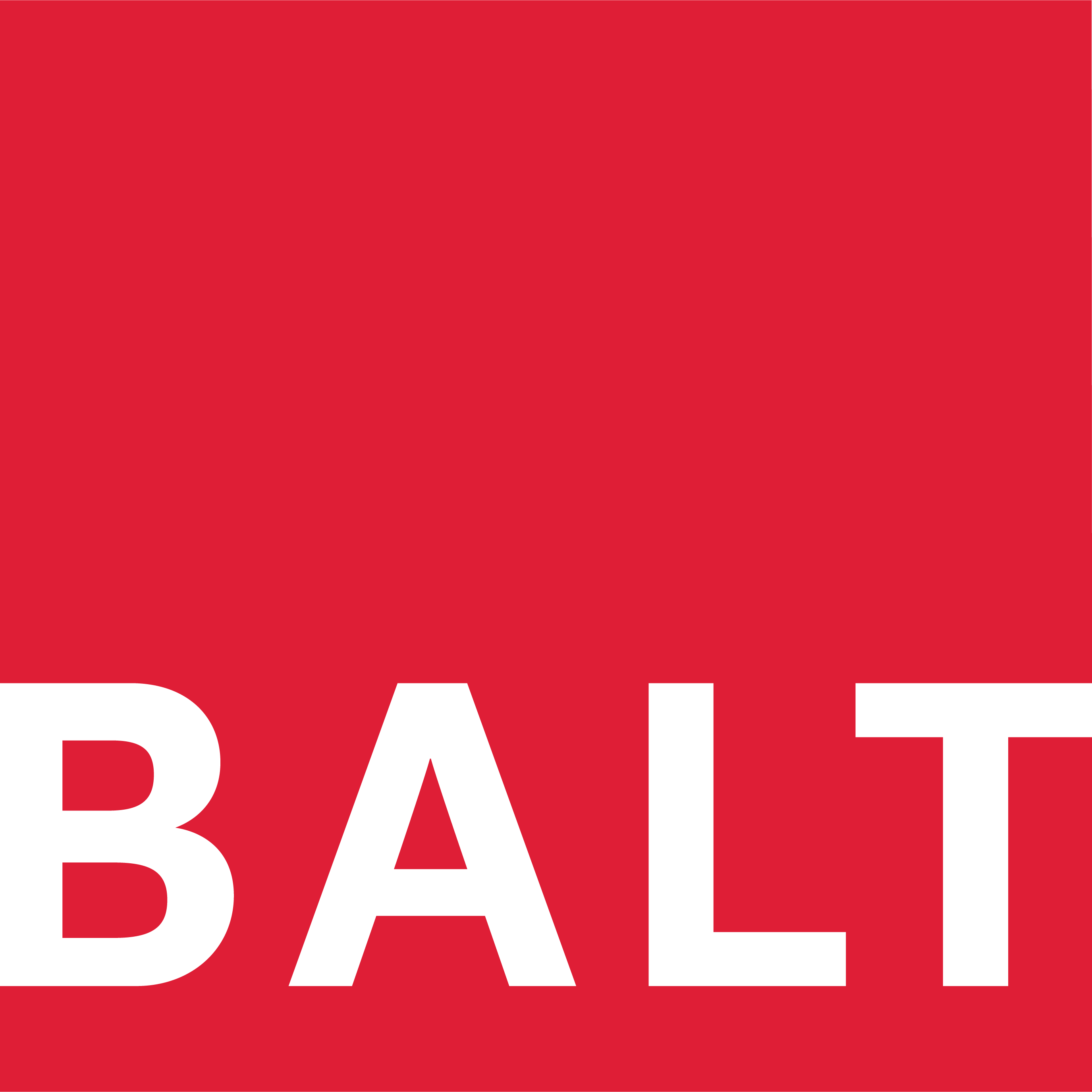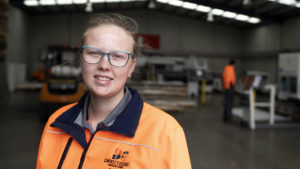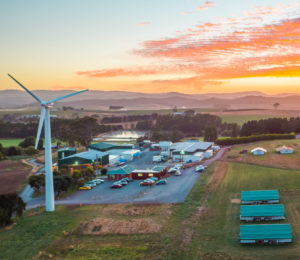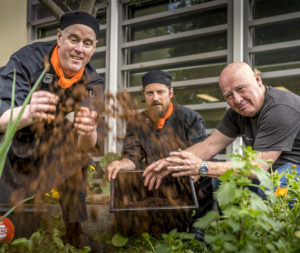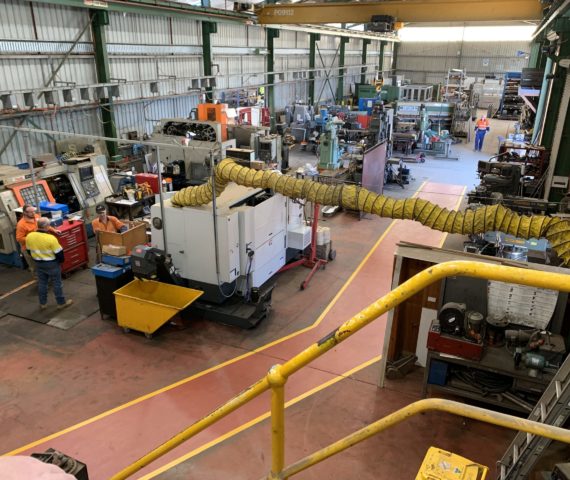
Materials handling
CPT Engineering already applies principles of resource efficiency for processes within its control. The materials used (mild steel, stainless steel, aluminium) are highly recyclable and there are established systems in place for collection and recycling.
The range and volume of materials handled through the receiving yard has increased in recent years. Storage, tracking and retrieval of materials has become inefficient, causing delays and wasted transport from receiving to work stations.
The Project
Improve materials handling on-site, specifically:
- organise the central yard to optimise stock movement and goods receival, and
- organise offcuts from the fabrication area for greater visibility.
Objectives
- Reduce the average time per job spent finding and retrieving materials.
- Ensure quality systems are implemented for goods receival.
Targets
- 35% improvement on time taken to locate and deliver materials to workstations.
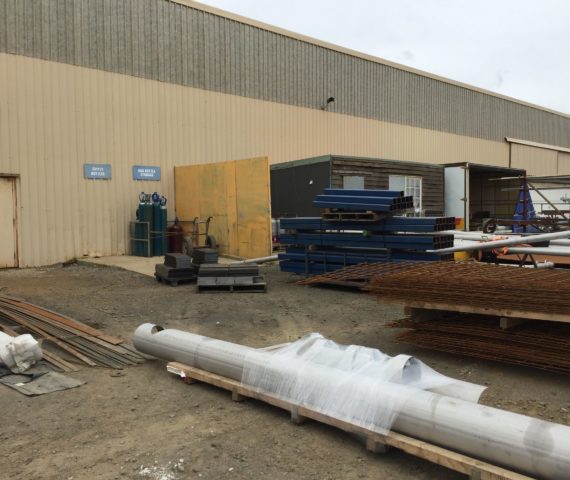
Staff reported that goods received and stored in the central yard may be moved a number of times before being used. This causes excessive forklift use and delays when waiting for materials.
Outcomes
What was implemented?
- Yard cleaned and sorted – everything now has a place and is effortlessly accessible.
- Trial of material tagging for job allocation worked well but we need to refine the process.
- Racks were constructed and installed.
- Deployed new software, including inventory management.
Key issues
- Changing the culture of the business, everyone needs to play their part.
- It’s expensive to do the right thing and there are hidden costs, eg time taken to sort and separate.
- Finding simplified information is really hard.
Performance against targets
- We exceeded our target of 35% reduction in time taken to locate and deliver materials to workstations and this is reflected in our current on-time delivery performance, which has increased from 52% to 82%.
Lessons Learnt
- The value of having materials in an allocated space.
- Better inventory management and an organised yard saves on time, improves safety and helps to meet deadlines.
- The volume of waste generated in Tasmania, particularly green waste, and how this is being recycled.
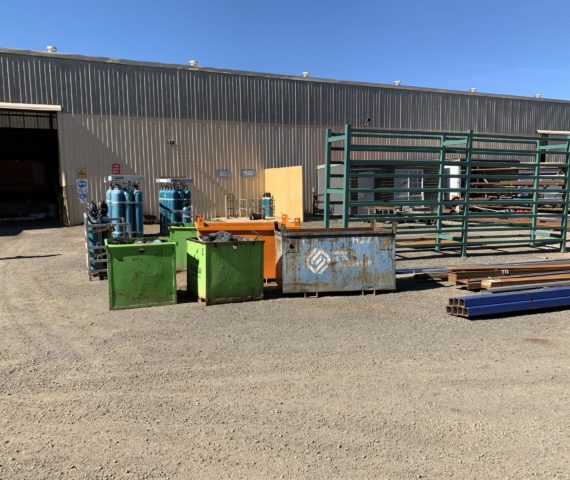
Materials are now stored to provide easy access, reducing forklift movements. An added benefit is a reduction in safety and environmental risk.

Brett Wheldon
Systems Coordinator
